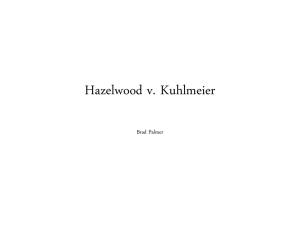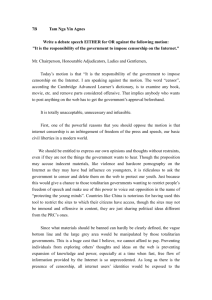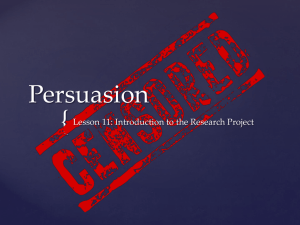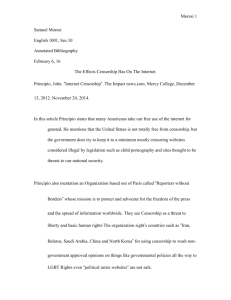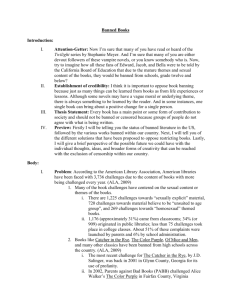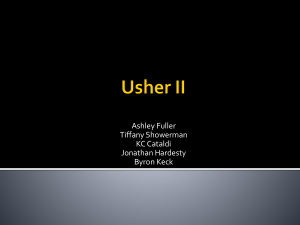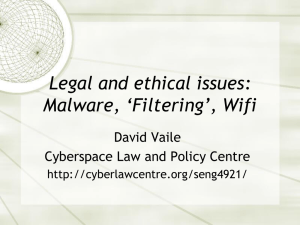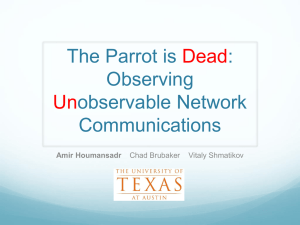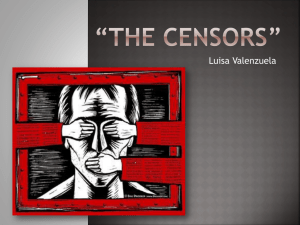Notes from Beijing. Hou Hanru Hello from Beijing. I`m here for the
advertisement
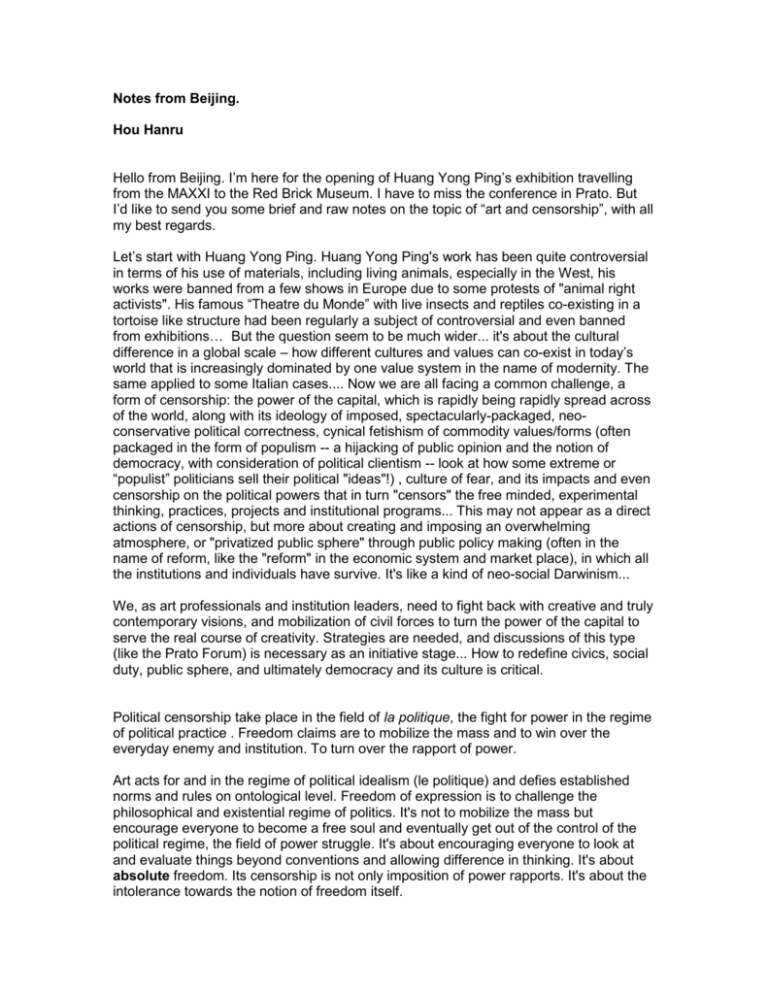
Notes from Beijing. Hou Hanru Hello from Beijing. I’m here for the opening of Huang Yong Ping’s exhibition travelling from the MAXXI to the Red Brick Museum. I have to miss the conference in Prato. But I’d like to send you some brief and raw notes on the topic of “art and censorship”, with all my best regards. Let’s start with Huang Yong Ping. Huang Yong Ping's work has been quite controversial in terms of his use of materials, including living animals, especially in the West, his works were banned from a few shows in Europe due to some protests of "animal right activists". His famous “Theatre du Monde” with live insects and reptiles co-existing in a tortoise like structure had been regularly a subject of controversial and even banned from exhibitions… But the question seem to be much wider... it's about the cultural difference in a global scale – how different cultures and values can co-exist in today’s world that is increasingly dominated by one value system in the name of modernity. The same applied to some Italian cases.... Now we are all facing a common challenge, a form of censorship: the power of the capital, which is rapidly being rapidly spread across of the world, along with its ideology of imposed, spectacularly-packaged, neoconservative political correctness, cynical fetishism of commodity values/forms (often packaged in the form of populism -- a hijacking of public opinion and the notion of democracy, with consideration of political clientism -- look at how some extreme or “populist” politicians sell their political "ideas"!) , culture of fear, and its impacts and even censorship on the political powers that in turn "censors" the free minded, experimental thinking, practices, projects and institutional programs... This may not appear as a direct actions of censorship, but more about creating and imposing an overwhelming atmosphere, or "privatized public sphere" through public policy making (often in the name of reform, like the "reform" in the economic system and market place), in which all the institutions and individuals have survive. It's like a kind of neo-social Darwinism... We, as art professionals and institution leaders, need to fight back with creative and truly contemporary visions, and mobilization of civil forces to turn the power of the capital to serve the real course of creativity. Strategies are needed, and discussions of this type (like the Prato Forum) is necessary as an initiative stage... How to redefine civics, social duty, public sphere, and ultimately democracy and its culture is critical. Political censorship take place in the field of la politique, the fight for power in the regime of political practice . Freedom claims are to mobilize the mass and to win over the everyday enemy and institution. To turn over the rapport of power. Art acts for and in the regime of political idealism (le politique) and defies established norms and rules on ontological level. Freedom of expression is to challenge the philosophical and existential regime of politics. It's not to mobilize the mass but encourage everyone to become a free soul and eventually get out of the control of the political regime, the field of power struggle. It's about encouraging everyone to look at and evaluate things beyond conventions and allowing difference in thinking. It's about absolute freedom. Its censorship is not only imposition of power rapports. It's about the intolerance towards the notion of freedom itself. When pedophilia is in generally banned as a cultural, social and political taboo in the “civilized” world and becomes an excuse for many to censor artworks involved with the images of bodies of youth (under age of16 or 18?), this kind of images, while praising or evoking the “purity” and “beauty”, and occasionally uncovering the “violence” on them, in numerous art works, are actually claiming for the freedom of looking at the issue in a philosophical regime, to promote difference and reflections/debates on conflictive and contradictory ideas about life and the world. The politics of social power and its justice machine should not have powers on deciding what is acceptable or not… The same applied to the question of life, animal “rights”, religious orientations, and morality, etc. the art institution should be a haven to allow and protect this intellectual difference and debates, instead of becoming instruments of political/judicial and social judgments and orderings… This is why we need art and cultural institutions with real intellectual autonomy. And the society needs to support it with proper political and economic conditions. But in practice, these two regimes are always mingled and intervening each other… and this is why art makes sense to the real world and vice-versa… the wrestling between “real politics” in the sense of Realpollitik, and the Real Politics in sense of ideological debate. The struggle will go on. However, it’s important to remind of the principles again and again… Beijing, 26 September 2015 (Ref. my text written sometime ago on the question in another attachment.)

